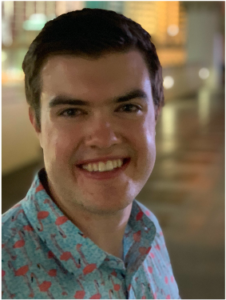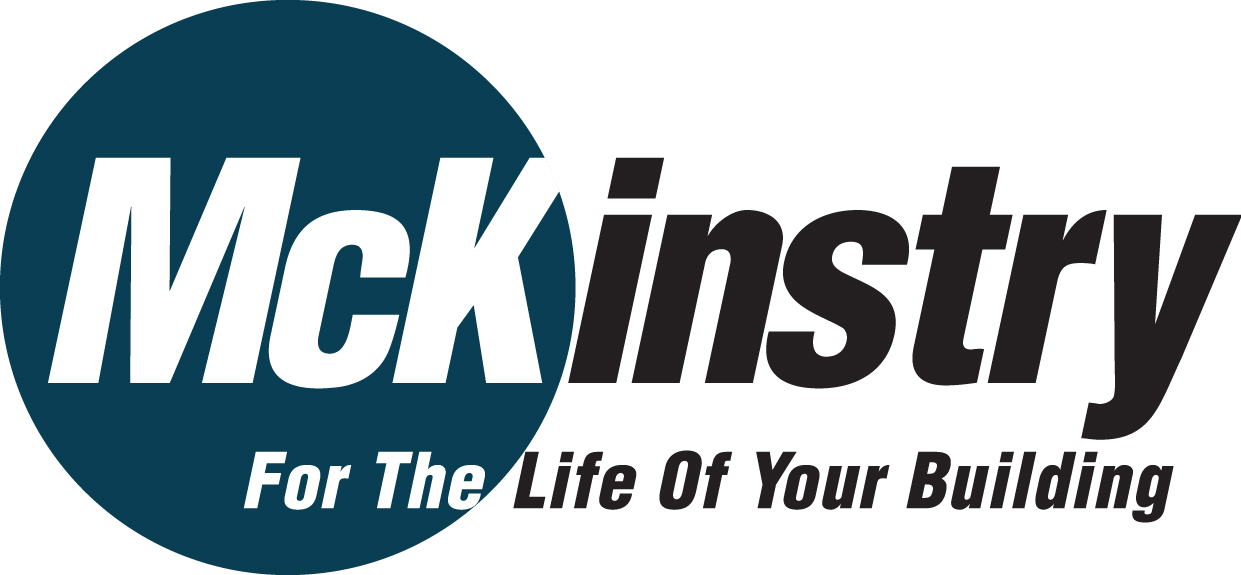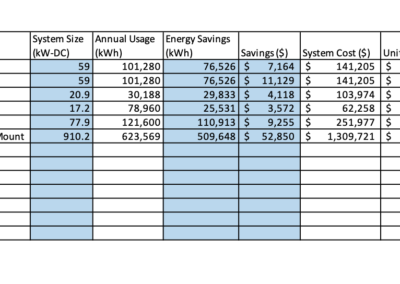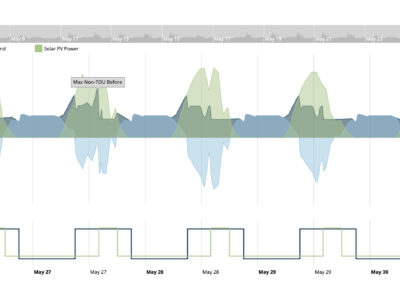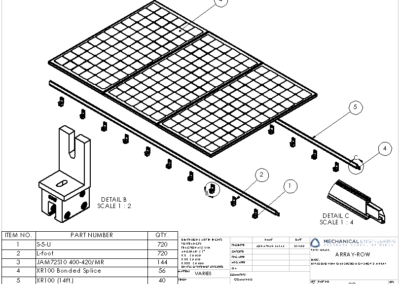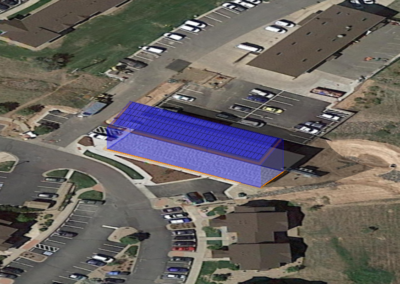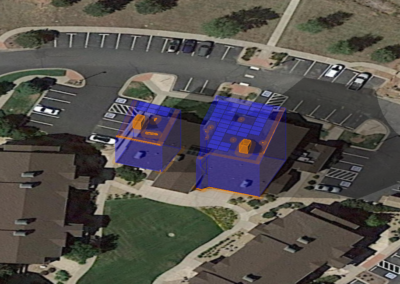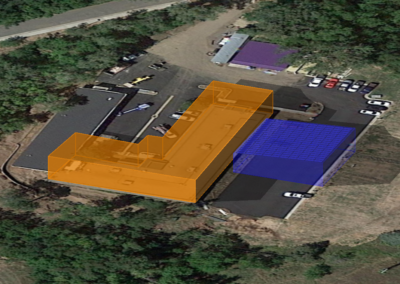Mines Park Solar Feasibility Study
Overview
To gauge the possibility of increasing the amount of solar power production on the Colorado School of Mines campus, Mines has commissioned McKinstry to perform a feasibility study. In conjunction with McKinstry’s work on the main campus, the Capstone Design @Mines team has been tasked with performing a separate feasibility study for Mines Park. McKinstry has been kind enough to support and guide the team during the design process by providing input on industry practices for conducting a feasibility study. The goal of the team’s design is to gather data, conduct infrastructure audits (building and land), and develop financial scenarios for various models that will inform if and where a PV system will be viable.
The team’s project looks at where a PV system will generate the most power, cause the least amount of disturbance for residents, where it is technically feasible to install, and where financial benefits of a system will not be outweighed by costs. By taking into consideration input from Mines’ master plan, the Office of Construction and Design, Mines’ sustainability plans, and McKinstry the team has created a handful of models that will provide Mines with a financial summary and initial designs for PV systems in various locations in Mines Park.
McKinstry is a national leader is designing, constructing, operating, and maintaining high-performing buildings, including advanced renewable energy systems.
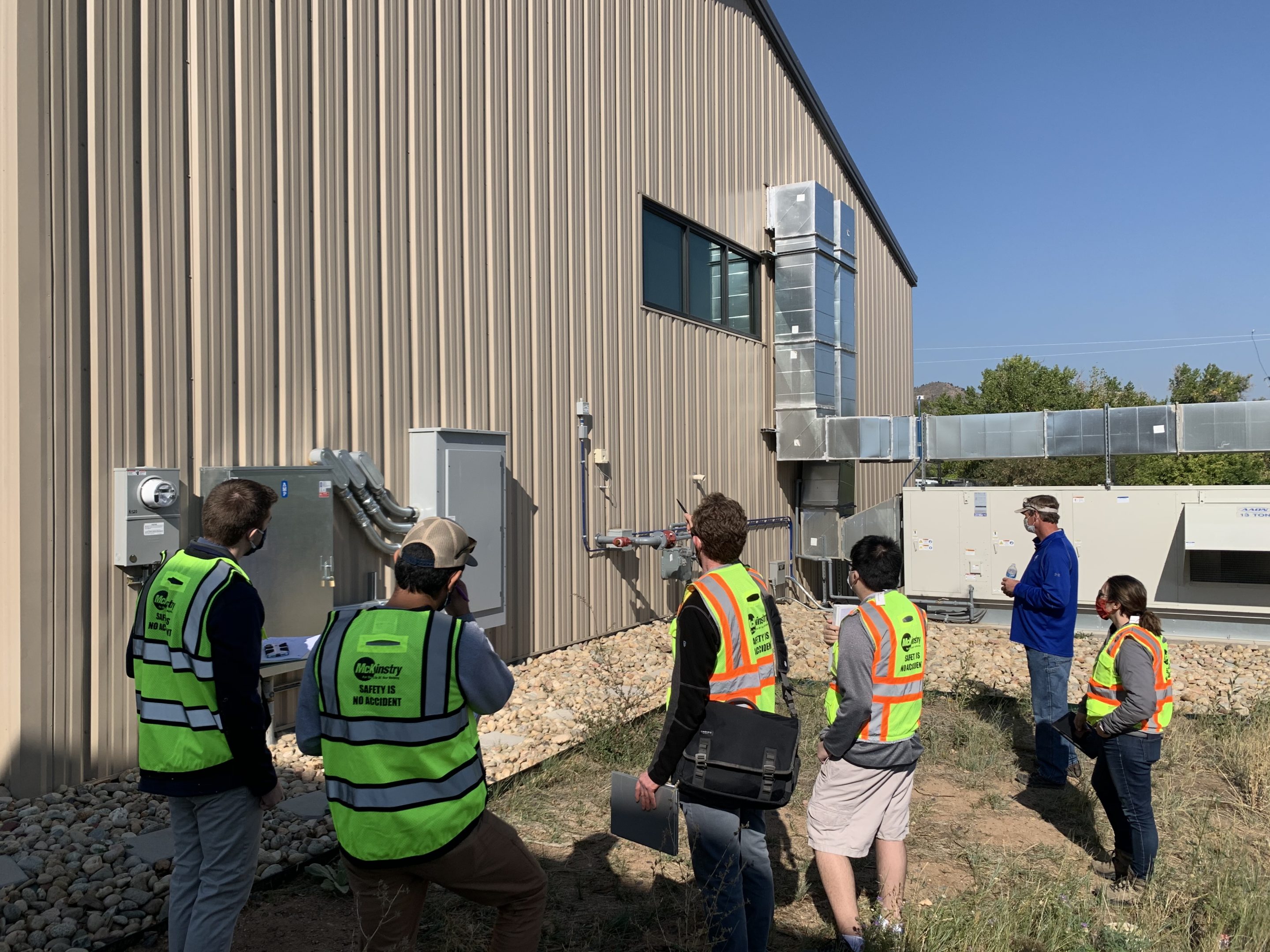
Live Zoom Chat
Use the link below to join us live from 8:00 – 10:30 a.m. on December 3.
Join from PC, Mac, Linux, iOS or Android: https://mines.zoom.us/j/94640333686
Or iPhone one-tap: 16699006833,94640333686# or 12532158782,94640333686#
Or Telephone:
Dial: +1 669 900 6833 (US Toll) or +1 253 215 8782 (US Toll)
Meeting ID: 946 4033 3686
International numbers available: https://mines.zoom.us/u/abGYbppikb
Or a H.323/SIP room system:
H.323: 162.255.37.11 (US West) or 162.255.36.11 (US East)
Meeting ID: 946 4033 3686
SIP: 94640333686@zoomcrc.com
Team Members
- Alle Beach
- Ryants Hoang
- Vincent Hough
- Jonathan Salas
- RJ Scavo
The Client
- McKinstry
Acknowledgements
Project Advisor: Dr. Leslie Light
Technical Advisors: Prof. Paulo Tabares and Prof. Tim Ohno
Video
Elevator Pitch
In 2020, there has been a major push from students to get solar power on campus. Working with McKinstry, the goal of our project was to determine the feasibility of bringing solar power to Mines Park. The original goal was to bring solar power to each residential building but with interconnection limitations, it was found that Mines owned meters would be the focus of the project. Through design considerations such as building orientation and roof space, the scope was further focused to implementing solar to the Moly building, the two community centers, and the maintenance shop. A design was also proposed for a solar garden on the south east side of Mines Park.
To determine which locations were the most feasible for the implementation of solar, two site evaluations were conducted to get an understanding of each buildings general and electrical layout. For detailed electrical usage information, power usage data from energy cap was used with Energy Toolbase to model the cost and usage impacts of a PV system on our designs. The PV designs themselves were modeled using Helioscope, which gave information regarding the systems potential generation as well as their efficiency. The information given by these software’s and site visits helped in setting our projects scope, and with giving us a more detailed cost- benefit analysis.
Finally, the feasibility of the project was determined through a financial analysis of each site. This was done using a proprietary costing tool provided by McKinstry. For each building, material, design, and labor costs were all considered. By using Energy Toolbase to estimate the monthly energy savings for each building, the payback cost of each project could be determined.
Based on our cost analysis the team has determined that the most feasible sites to implement solar power on are the Shop 2, Moly building canopy, and the community solar garden. The report we have put together will be given to McKinstry and they will decide if they want to move forward with our work. If the project does move forward, it will be implemented with McKinstry’s existing solar feasibility analysis for the entire campus and Mines will make the final determination on whether to move forward with the project.
Design Approach
To determine suitable locations for a PV system the team began performing two site evaluations to get an understanding of the infrastructure within Mines Park. During these site evaluations we gathered information such as roof orientations, obstructions (i.e., powerlines, trees, vents), and location of electrical infrastructure for photographs of various sites. Site evaluations were followed by gathering information and resources including building plans and electrical usage data. Electrical usage data for buildings in Mines Park was attained using EnergyCap; a software tool Mines uses to monitor utility costs and use. The data from EnergyCap served as inputs into Energy Toolbase which models impact of a PV system on bills and electrical use. With the information attained from site evaluations, building plans, and use the team was able to create various array designs for different sites using Helioscope (a PV System design software). These designs were valuable to decide which sites would be best suited for a PV system based on the amount of power generated; the system size also being limited by transformer size, a building’s electrical use, and cost. The team also received help and input from students, Mines staff and faculty, and industry throughout the project.
The team sought feedback from various stakeholders including faculty who served as advisors, staff from the Office of Design and Construction (ODC), the Mines Solar Committee (a student organization advocating for more PV on campus), and RBI for help with a cost estimate and design of a Moly Building parking canopy. Staff from ODC was supportive in providing the team with plans for the buildings in Mines Park and meeting with the team to review designs. The team was also able to work with the Mines Solar Committee on the development of ideas for gauging community interest in solar and attending club meeting where the club developed a presentation on the matter to President Johnson. The industry support from RBI because they work with McKinstry regularly, giving that aspect of the project a good estimate of technical and economic feasibility.
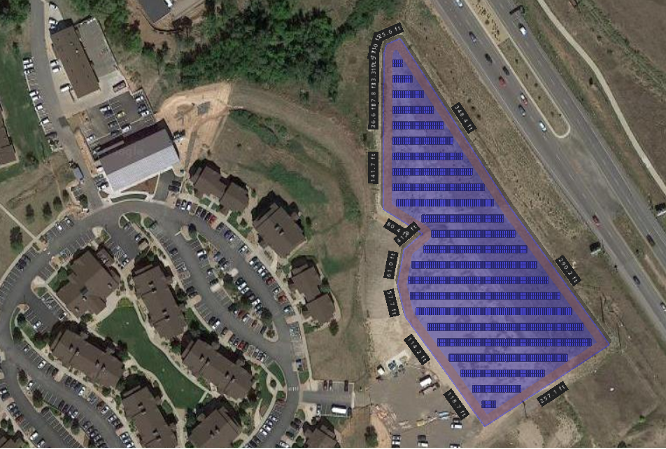
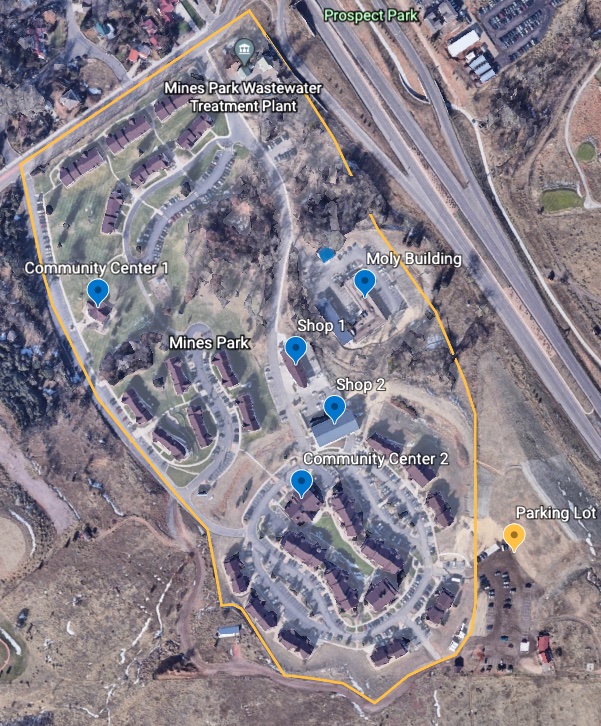
Design Solution
McKinstry conveyed to the team kilo-watt benchmarks to reach for PV systems at various sites to reduce the amount of time spent on a particular design. By creating various Helioscope models we determined the following. All apartment buildings were ruled out because of orientation and small kilo-watt size (4-6 kW), Community Center 1 was ruled out because of orientation, and Community Center 2 was ruled out because the 15-kW size was too small to meet a 20-kW benchmark. For three options: Shop 2, a parking canopy at the Moly Building, and a community solar garden (CSG) the kW size justified continued modeling and eventually a cost analysis.
Data attained in EnergyCap did not contain daily electrical profiles so Energy Toolbase was used to interpolate profiles for a buildings use based on type of building and rate schedule. Energy Toolbase was used to model building demand, PV generation, and net demand based on EnergyCap and Helioscope data for a normal year. Mounting options for Shop 2 and a CSG were designed using manufacturer’s online design tool and the team received industry help designing parking canopies. Costs for each site are modeled in McKinstry’s costing tool which conducts an in-depth estimate of each project including subcontractors, engineering studies, and permitting.
Next Steps
The initial idea of the team was to mount as much PV as possible on each of the buildings in Mines Park but with restrictions due to costs, area, and orientation the scope was reduced to a limited number of sites. As such, a possible next step is to perform a more in-depth cost-benefit analysis on the residential buildings both for the house meter and individual unit meters in order to make this study more comprehensive.
Unlike the buildings of focus where the installation of solar is not competing with another use, the location of the proposed CSG is tentatively planned to be a recreation field for Mines Park residents. For the CSG to go through, there will need to be continued engagement from the Mines community about the prospect of solar on campus. The team has been working with the Mines Solar Committee (a student organization advocating for more PV on campus) to determine how to reach the goal. Engagement with the club has involved working on the development of ideas for gauging student interest in solar and helping to develop a presentation on the matter to President Johnson. If the CSG were to move forward at a later date student participation in the project could continue by creating an app or a website to track data such as generation, savings, and offset.
Meet the Team
Allee Beach

Ryants Hoang

Ryants is a senior in Civil Engineering with a general focus. He is interested in land development and has a structural background with exposure to water and geotechnical skills.
Vincent Hough
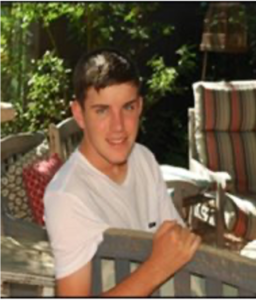
Jonathan Salas
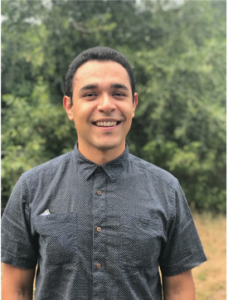 Jonathan is a senior studying Mechanical Engineering and wants to use his technical skills to help others solve problems. He enjoys working on diverse projects with the opportunity to program, create CAD designs, analyze data, and work with electro-mechanical systems. For this project he was the mechanical lead and worked on researching applicable electrical codes, designing a mounting system, and building this project website.
Jonathan is a senior studying Mechanical Engineering and wants to use his technical skills to help others solve problems. He enjoys working on diverse projects with the opportunity to program, create CAD designs, analyze data, and work with electro-mechanical systems. For this project he was the mechanical lead and worked on researching applicable electrical codes, designing a mounting system, and building this project website.
RJ Scavo
